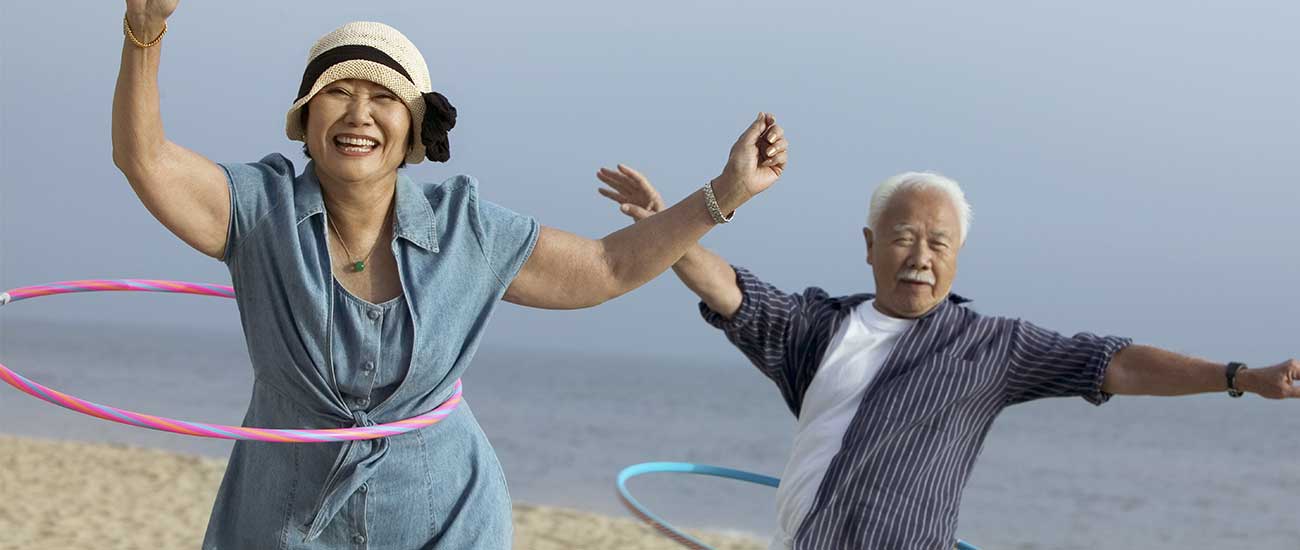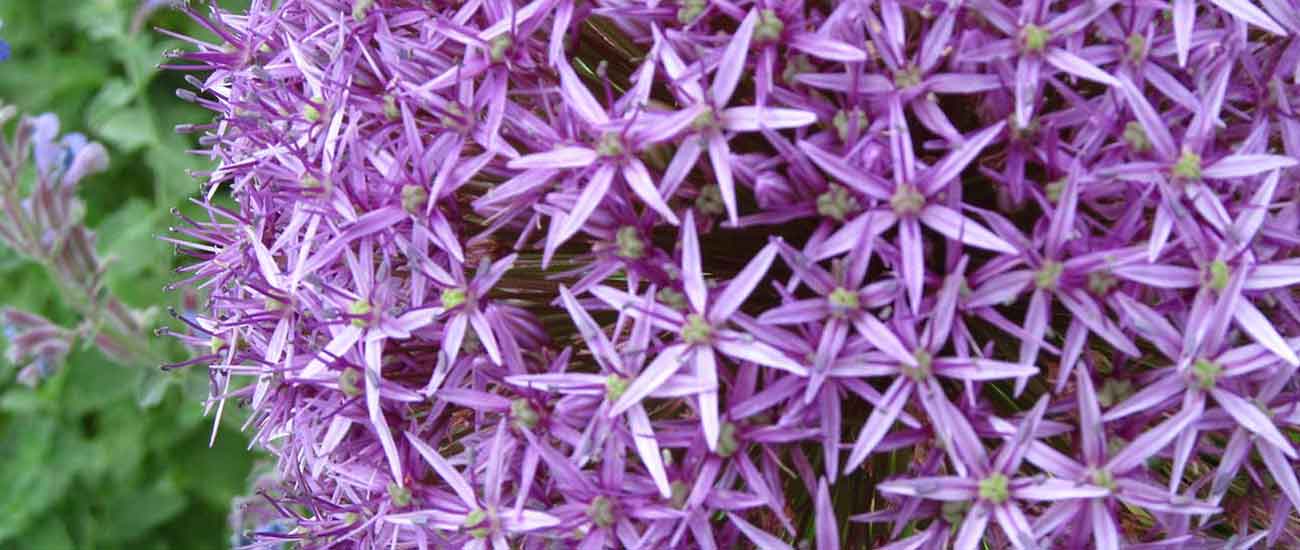Parts Becoming Whole
We’ve all had the feeling of being disconnected. It doesn’t feel very good.
And as goofy as it sounds, the individual parts of our body like to feel connected, too. And in the roughest sense of connection, our individual parts are connected.
For many of us, this idea is usually understood the easiest from a physical perspective – our bones, flesh, muscles, fascia, organs.
Physical Connection
Yes, my fingers are connected to my hand and my hand is connected to my arm and my arm is connected to my torso.
Yet, when we have wrist pain, we often only think of the pain being in our wrist. We think the problem is our wrist. And, maybe it is. Maybe we broke a bone or injured connective tissue.
Or maybe, when our wrist is bothering us, we need to connect the actions of our individual fingers and our whole hand to support our wrist.
Or maybe, we need to connect our wrist to the power of center which resides in our torso.
This is what I teach, therapeutically. It’s like coming home to you. As you learn your anatomical and fascial connections through movement practice, you begin to take parts of you and bring them into the awareness of the whole of you.
Wholeness of Being
When we are talking anatomically, such as your wrist connecting to your hand and torso, it’s just one aspect of discussing the whole of you. We call this the physical layer.
In our mind/body movement practices, we are working on more than just the physical layer of our being. In fact, there are 5 layers commonly referred to as the koshas in yogic philosophy.
The koshas are 5 layers, sheaths, or envelopes of our being. Most post classical schools of yoga accept the concept of the 5 sheaths. Ancient scripture speaks of these 5 layers as blocking the pure light of the Self. Translated to English from Sanskrit, the 5 layers of the koshas are the physical body, energy body, emotional body, wisdom body, and bliss body.
In Sanskrit, the physical body is called annamayakosha. Our physical body encompasses all the parts of you that you can physically touch (flesh, bones, tissue) and the physical systems (skeletal, cardio/respiratory, nervous, digestive, endocrine, muscular, lymphatic, et al). As well, annamayakosha also entails the Ayurvedic constitutions.
In Sanskrit, the energy body is called pranamayakosha. Our energy body includes the subtle breath, the pranavayus (wind or air), nadhis (the channels or conduits), and chakras (the vortices).
In Sanskrit, the emotional body is called manomayakosha. Our emotional body includes our emotions, thought patterns and the gunas. The gunas are the qualities of our mind. There are 3 gunas. The 3 qualities of our mind are sattvic (peaceful), rajas (action), tamas (inertia).
In Sanskrit, the wisdom body is called vijnyanamaykosha. Our wisdom body contains our witness, intuition, discernment, and the unveiling of our beliefs.
In Sanskrit, the bliss body is called anandamayakosha. Our bliss body is our place of knowing truth, peace, and our connection to our natural self which is complete and whole.
The Layers Affect the Whole
Have you ever had a literal ache in your heart from grief?
Well, in really simple terms, that is your emotional body affecting your physical body.
In a more positive example, have you ever had a part of your body that wouldn’t work perfectly? I have encountered this with a lot of my private clients over the years.
From frozen shoulders to back pain as well as knee, hip and foot issues, a client enters a private session clinging to a belief system that his physical state of being is fixed and permanent.
Through our movement time together, we unveil these beliefs and unlock new opportunities and the possibility to move in new ways.
I still recall a female client who declared she could not balance on her toes and that her ankles were locked in position that caused her extreme pain in her daily life.
During one session, I led her progressively through a series of movements until she found herself on her tip toes – and balancing. She did not even realize it until I pointed it out.
We had slipped into the space between where her belief system held within her wisdom body positively affected her physical body. We both laughed and cried with joy at her shift.
The Layers are the Whole
All the parts of us are us. We totally get that “us” is our head, our arms, legs, torso. For some, it takes a bit of convincing that the layers of our being, the koshas, are us, too.
When I think about these envelopes or sheaths, I recognize that the whole of us is more than the sum of its parts. This idea is Gestalt theory in design as well as human perception.
Think about it. The parts of a car are not a car. Yet, when the parts of the car come together, the whole of the car is so much more amazing than just the parts sitting on the factory floor.
We are like that, for sure. Everyday, our parts are becoming whole.
Check These Out
Based on your interest, we've curated these articles just for you.

Increase Vitality Now
What is vitality? It’s a state of being strong and active. Who wants vitality? All of us! You can tell when someone has “it.” As soon as she enters the room, you sense it. There’s a spring in her step – a liveliness and vibrancy that is felt. This internal passion within us that is… View Article
3 min read

